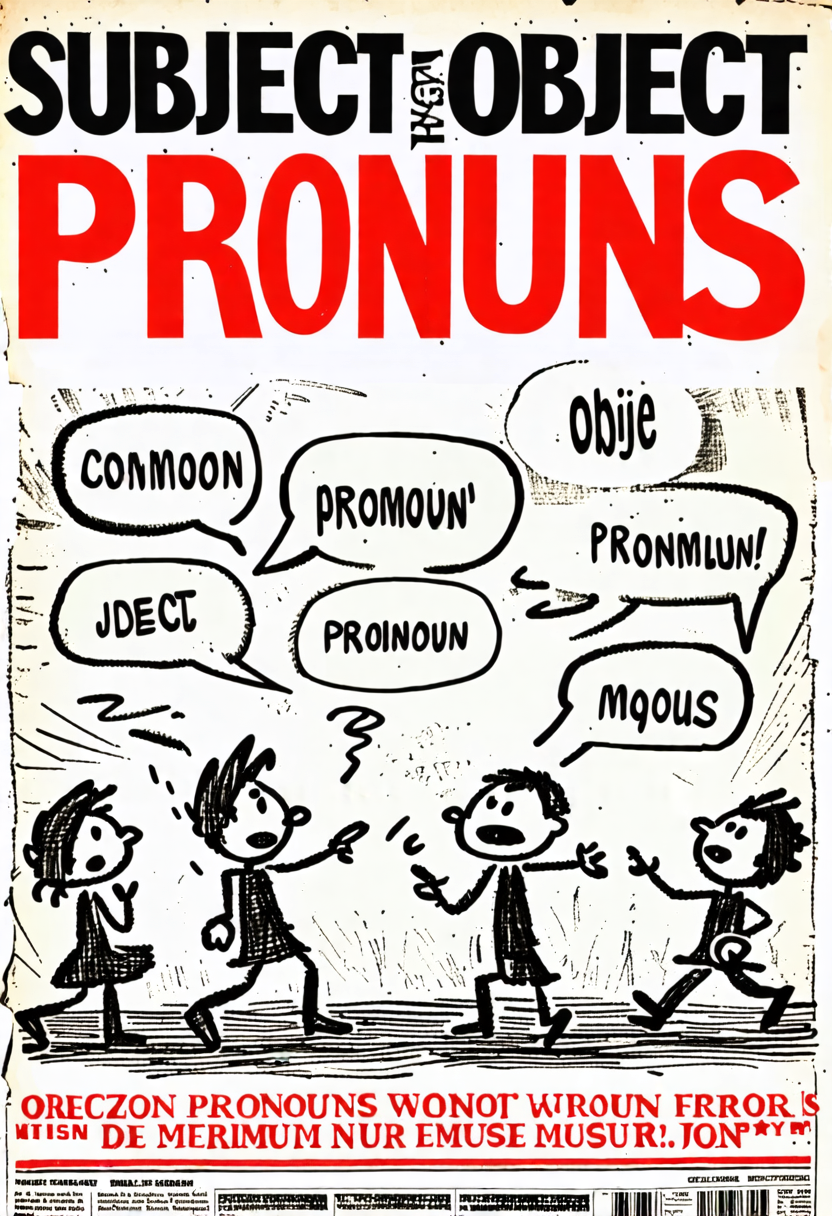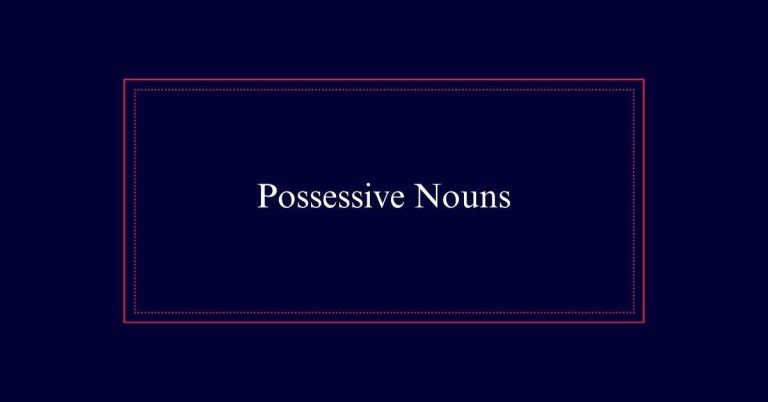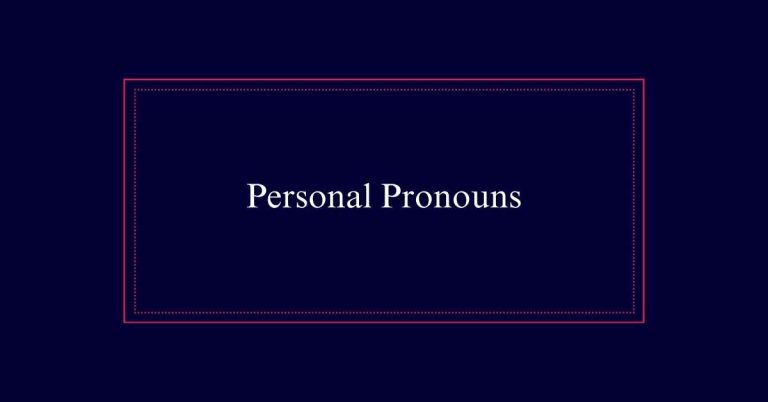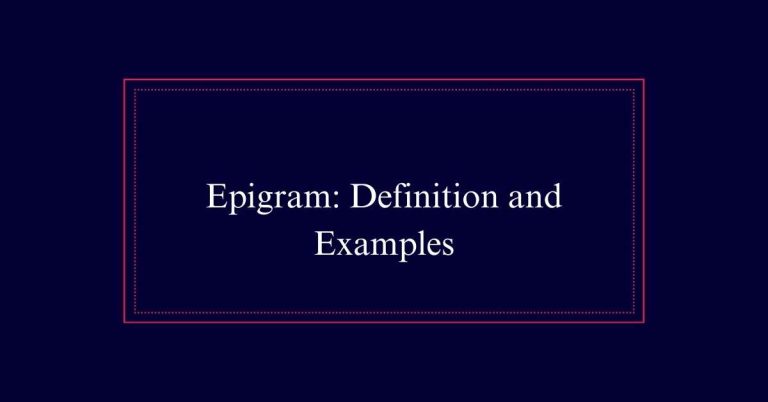Subject and Object Pronouns
Subject and object pronouns are key elements in English grammar. Subject pronouns (I, you, he, she, it, we, they) perform the action in a sentence and precede the verb, such as in “She runs.” Object pronouns (me, you, him, her, us, them) receive the action and follow the verb, like in “He called them.”
Subject Pronouns Overview
Subject pronouns are essential components of English sentences, performing the action and coming before the verb. They include I, you, he, she, we, they, and who. These pronouns are in the nominative case. They act as the subject of a sentence.
For example, in ‘She runs daily,’ ‘she’ is the subject pronoun. It indicates who is doing the action. English grammar rules require the subject to precede the verb. This order helps maintain clarity and understanding in sentences.
Subject pronouns are always the actors, never the recipients.
Common Subject Pronouns
In English, common subject pronouns include I, you, he, she, we, they, and who. These pronouns perform the action in a sentence. They are always placed before the verb. Understanding these pronouns is crucial for proper sentence structure. Below is a table illustrating the common subject pronouns:
| Pronoun | Example | Position |
|---|---|---|
| I | I am here. | Before verb |
| You | You are kind. | Before verb |
| He | He runs fast. | Before verb |
| She | She sings. | Before verb |
| We | We play. | Before verb |
Subject Pronouns in Sentences
Placing subject pronouns correctly in sentences is essential for clear communication.
Subject pronouns, such as I, you, he, she, we, they, and who, perform the action in a sentence. In English grammar, the subject must come before the verb.
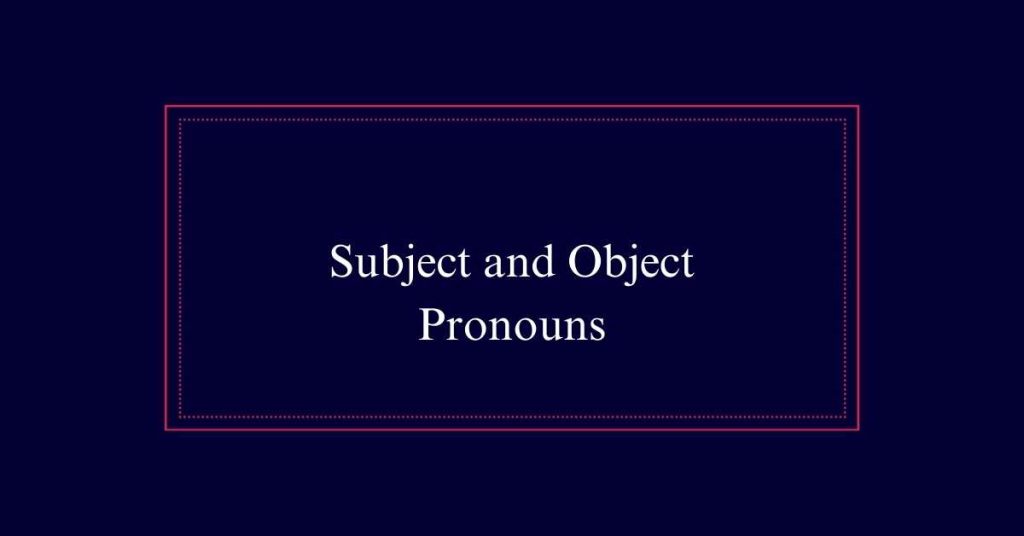
For example, ‘She runs every morning.’ Here, ‘she’ is the subject pronoun performing the action of running. Subject pronouns are in the subjective (or nominative) case, meaning they are the actors in sentences. Proper placement guarantees sentences are understood easily.
Incorrect usage can confuse readers and listeners. Practice by identifying the subject pronoun and verb in sentences to reinforce understanding.
Understanding Objective Case
Object pronouns receive the action in a sentence and follow the verb. These pronouns are categorized as the objective case.
In English grammar, using the correct pronoun depends on its role in the sentence. Object pronouns include words like me, you, him, her, us, them, and whom.
For example, in the sentence ‘She saw him,’ ‘him’ is the object pronoun receiving the action of the verb ‘saw.’
Object pronouns are essential for clarity, ensuring that the sentence accurately conveys who is performing and receiving the action. Misusing these pronouns can lead to confusion and grammatical errors.
Common Object Pronouns
Common object pronouns include me, you, him, her, us, them, and whom. These pronouns are used to receive the action in a sentence. They follow the verb and are categorized as the objective case.
For example, in the sentence ‘She gave him the book,’ the pronoun ‘him’ receives the action of giving. Object pronouns are essential for clear communication. They identify who or what is affected by the verb.
Using the correct object pronoun guarantees that sentences make sense and follow grammatical rules. Remember, object pronouns are different from subject pronouns, which perform the action.
Object Pronouns in Sentences
In sentences, object pronouns follow the verb and indicate who or what is receiving the action. These pronouns replace nouns to show the recipients of actions. Examples include ‘me,’ ‘you,’ ‘him,’ ‘her,’ ‘us,’ and ‘them.’ Ensuring correct usage guarantees clarity and precision in communication. Consider the following table for better understanding:
| Subject Pronoun | Verb | Object Pronoun |
|---|---|---|
| She | called | him |
| They | visited | us |
| I | saw | her |
Using Two Pronouns Together
When using two pronouns together, it’s important to make sure they match in case. This means that both pronouns should be either in the subjective or objective case.
For example, in the sentence ‘She and I went to the movies,’ both pronouns are in the subjective case. Conversely, in ‘You can ask either her or me,’ both pronouns are in the objective case.
To determine the correct case, try removing one pronoun from the sentence and see if it still makes sense. This method guarantees grammatical accuracy and clarity.
Mixing cases, such as saying ‘Jim made a copy for Lucy and I,’ results in errors. The correct form is ‘Lucy and me.’
Avoiding Pronoun Case Errors
A critical step in mastering pronoun usage is avoiding pronoun case errors. Pronoun case errors occur when subject and object pronouns are used incorrectly.
For example, saying ‘Him and I went to the store’ is incorrect because ‘him’ should be ‘he.’ It is crucial to use subject pronouns (I, he, she) for the doer of the action and object pronouns (me, him, her) for the receiver.
When using two pronouns together, make certain both are in the correct case. Try removing one pronoun to see if the sentence still makes sense.
For instance, ‘You can ask her or I’ should be ‘You can ask her or me’ because ‘me’ is the object.
Practice With Test Sentences
Practicing with test sentences reinforces proper pronoun usage and helps avoid common errors. By working through example sentences, one can better understand the roles of subject and object pronouns. Here are some practice sentences to illustrate correct and incorrect usage:
| Sentence | Correct/Incorrect |
|---|---|
| Martha and Jim are in the office. | Correct |
| She is telling him a joke. | Correct |
| Jim made a copy of the report for Lucy and I. | Incorrect; should be ‘Lucy and me.’ |
| I have to go. Mark is calling for Lucy and me. | Correct |
| Our co-workers love Martha’s cookies. | Correct |
Enhancing Clarity With Pronouns
How can one enhance clarity in writing through the proper use of pronouns?
Using pronouns correctly guarantees that your sentences are clear and easy to understand. Subject pronouns like ‘I,’ ‘he,’ and ‘they’ should always perform the action in a sentence. Object pronouns such as ‘me,’ ‘him,’ and ‘them’ should receive the action. Mixing these up can confuse readers.
For instance, ‘Jim made a copy for Lucy and I’ is incorrect; it should be ‘Lucy and me.’ Consistently using the correct pronouns makes your writing precise.
Additionally, practicing with example sentences can reinforce these rules. Proper pronoun usage not only improves grammar but also enhances the overall readability of your writing.
